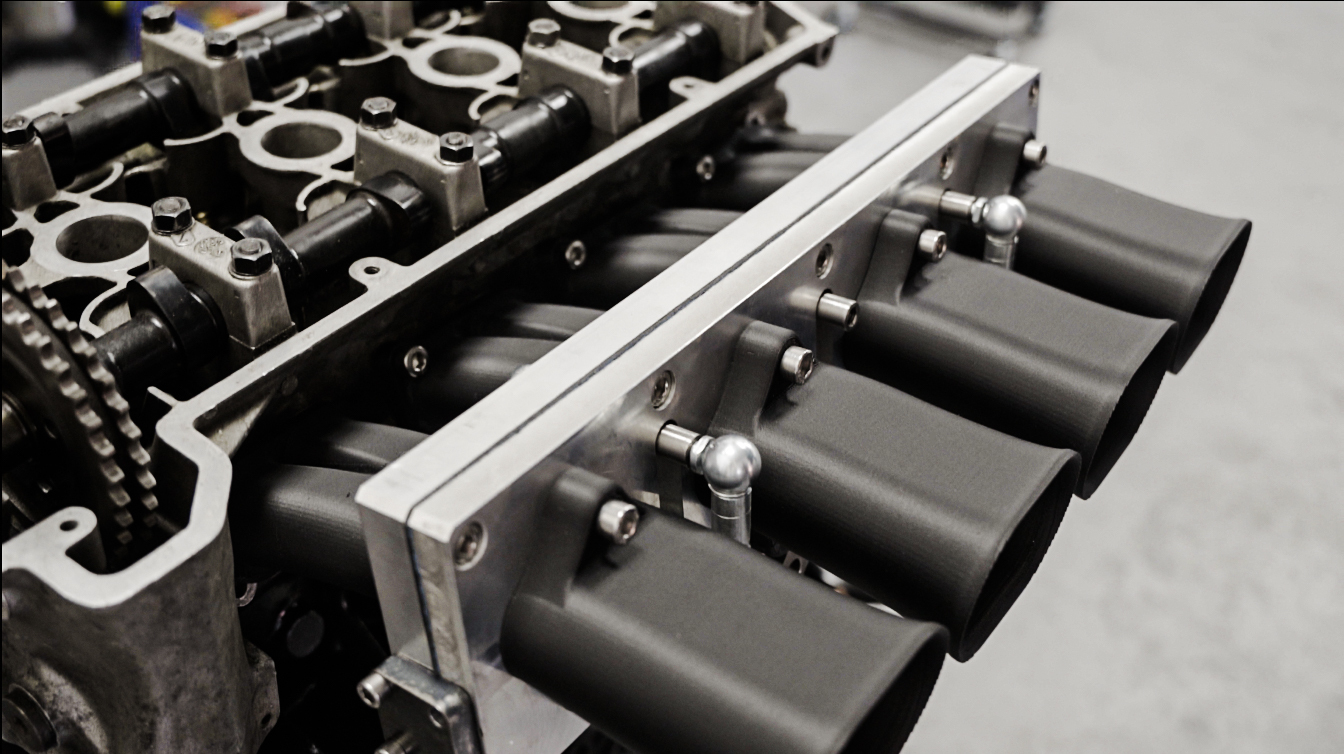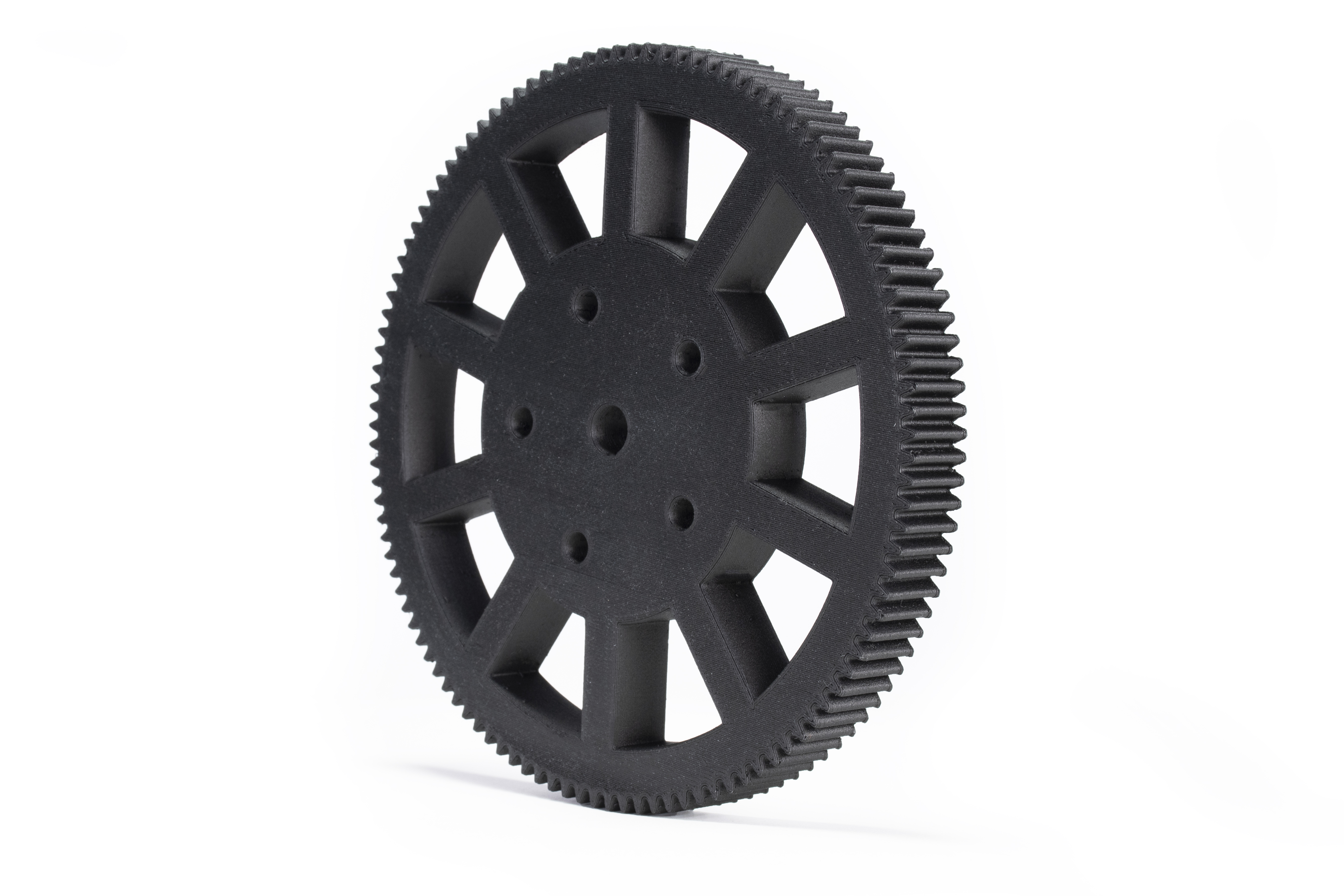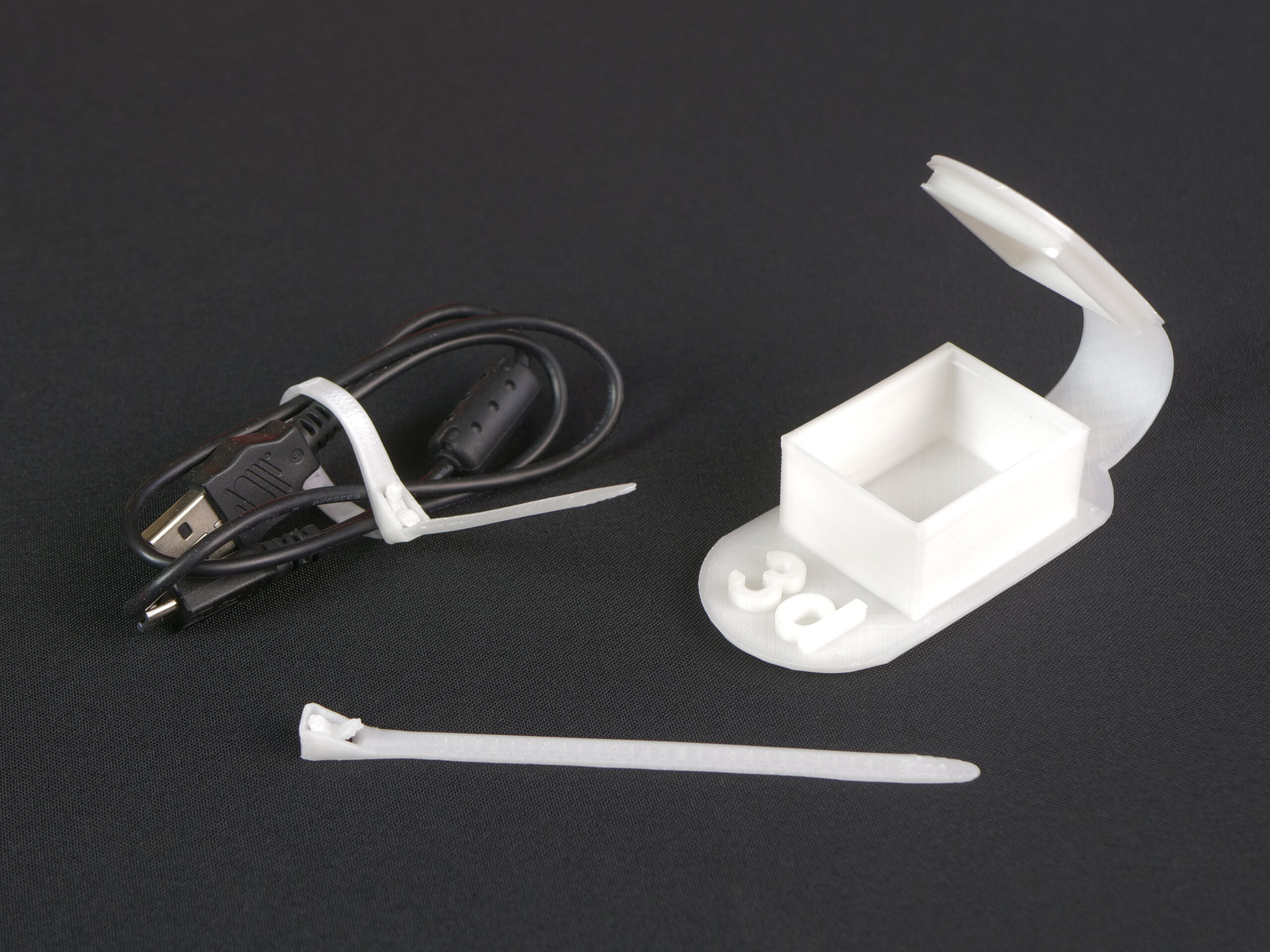
Basic info
Description
Polyamide is an extremely resilient material, resistant to abrasion, suitable especially for technical parts. It has excellent layer adhesion. In large volumes, it has great mechanical resistance, while in thin layers it remains flexible. Its coefficient of friction is low, melting temperature is high. However, polyamide is hygroscopic, so it is necessary to keep it dry (airtight with desiccant). Improper storage can lead it to absorb water weighing up to 10% of filament weight. Polyamides emit a strong odor with potentially dangerous ultrafine particles (UFPs) so printing in a well-ventilated room or in an enclosure is a must.
To compare supported material properties, see our material table.
|
Pros |
Cons |
|---|---|
|
✔ Great mechanical resistance |
✖ Prone to warping |
|
✔ Tough in large volumes, flexible in thin layers |
✖ Highly hygroscopic material |
|
✔ High-temperature resistance |
Best use
The best use of polyamide is for printing technical parts requiring great heat, chemical, and mechanical resistance. Pure polyamide is also good for making a cold pull cleaning.
Tips for successful printing
Keep the filament dry
Dry the filament before printing, at least 4 hours at a temperature below 90 °C. Moist polyamide filament makes bubbles, which leads to uneven layers and an ugly surface.
Print it in high ambient temperature
Print settings are usually quite similar to PC - with nozzle temperature around 285 °C. Apart from moisture issues, the main disadvantage of pure polyamide is warping. High ambient temperature (enclosure) helps a lot. However, you can get polyamides filled with carbon fibers, like our Prusament PA11 Carbon Fiber. These filaments don't warp by far as much as the unaltered versions and can be printed without an enclosure.
Sample prints
 |  |
| Gears | Bendable objects |
7 comments
Using a Mini+ with stock steel sheet bed and plenty of Glue Stick
- Fully dried filament (24hrs at 70c+)
- Nozzle temp 260/260
- Bed 40/40
- Plastic trash bag for a temporary enclosure
- Skirt 6 layers
- Draft shield Fully Enabled
- Brim Outer and Inner, 7mm, 0 gap
- Raft 3 layers, .2 z contact, 1.5 expansion (other defaults)
- Fans Off
I have not dabbled with manual gcode editing as yet. Thanks!